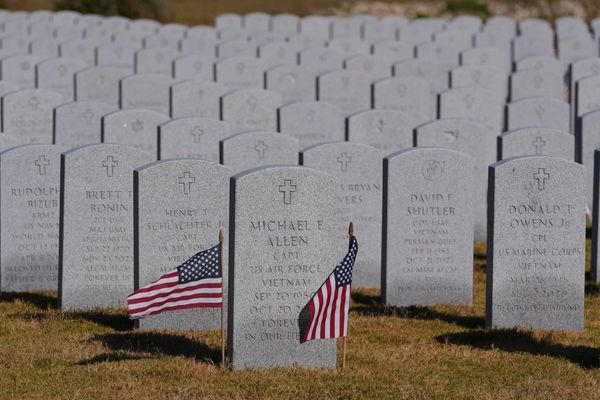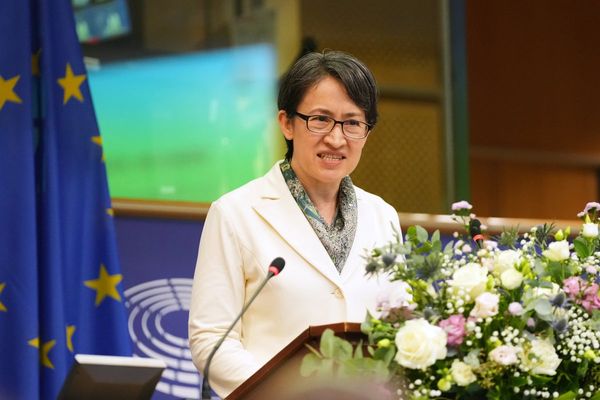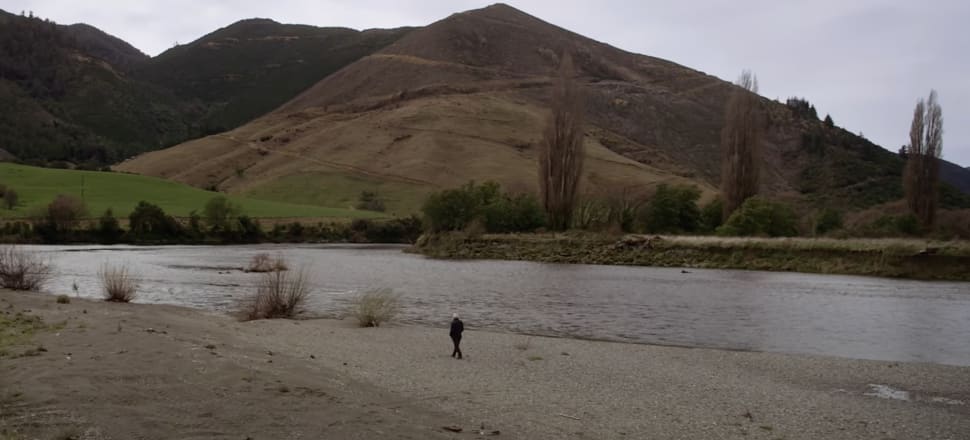
'Faster alone, further together': A large collective of iwi, councils and government discovers a better way to conserve the plants, animals and waters at the top of the South
Seats at the Table series: Co-governance is nothing like you think | Tūpuna Maunga Authority | Newton Central School - Te Kura a Rito o Newton | Kotahitanga mō te Taiao Alliance | Waikato River Authority
Around 2015, the Department of Conservation called a hui in Nelson to talk about threatened species in the the Waimea Estuary. It was well-attended by iwi and Department of Conservation staff, and Martin Rodd, the department’s chief advisor for strategic partnership, was there to lead the discussion.
"I started setting the scene and one of the iwi leaders just stopped me. And he said 'Why are you bringing us in to talk about this estuary? Where is it we get to decide what should be the discussion?'"
Nobody’s arguing that the Waimea Estuary isn't a significant place, the leader said, but there are many significant places. And iwi wanted the discussion to be about those places too.
READ MORE: * Co-governance – It's nothing like you think * Trouble on the Maunga * It sends shivers down my spine what we manage to achieve
You’re right, Rodd thought. The Department of Conservation had used its agenda to shape what everyone should be talking about.
So there was another hui – to discuss the parameters of a conservation partnership. This time local councils were in the room too. And again, Rodd stood up to talk.

"I had pulled back a bit from the Waimea to look at a slightly larger area. And I talked about some of the work we had done in collaboration with philanthropy, just as a few examples."
And again he was stopped, this time by another iwi leader.
The leader said: "Stop selling it. We love this approach, but you are thinking way too small. The way the environment is managed is not by looking at these little places; it’s all connected. Ki uta ki tai – from the mountains to the sea.
"And if you are prepared to think about working like that, then we can really really make a big difference."
Someone went and found a big map and pinned it to the wall, and everyone stuck pins in where they thought priority areas for conservation work were in the region.
"And we stood back and our pins were all in the same places," says Rodd. "It was really quite remarkable."
But there was something even more remarkable, he says.
"We realised that when we work like that, using collective expertise to identify how we should work, and when we all agree, it was really really powerful."
Powerful, but kinda terrifying too.
"I was actually quite scared, to be honest. Because having managed conservation land for many years, to go from areas that are quite defined to suddenly working at whole landscape scale, I was thinking ‘How would you do that?’
"But when I looked at who was around the table, I thought 'if you were ever going to figure this out, these are the people to help'."
Co-governance at work
Fast forward to 2023 and the Kotahitanga mō te Taiao Alliance brings together 16 organisations – eight iwi, six councils, the Department of Conservation, and The Nature Conservancy Aotearoa NZ, a New Zealand-based environmental not-for-profit linked with a larger US-based group.
The goal is to develop and fund collaborative conservation projects across the Buller, Marlborough, Nelson and Tasman regions, an area of 3.5 million hectares.
Most importantly, both the alliance, which was set up in 2017, and the individual projects, are run on co-governance principles.
Co-governance, in a Treaty of Waitangi, context means mana whenua and council around the table together, making decisions by consensus (everyone must agree), not majority (51 percent agreement).
More than a dozen projects have been set up so far, including managing wilding pines on Mt Richmond, ecological restoration in the Maitai/Mahitahi valley, and the large-scale Te Hoiere/Pelorus Restoration Project, aimed at improving freshwater and land resources in Te Hoiere and Kaituna river catchments.
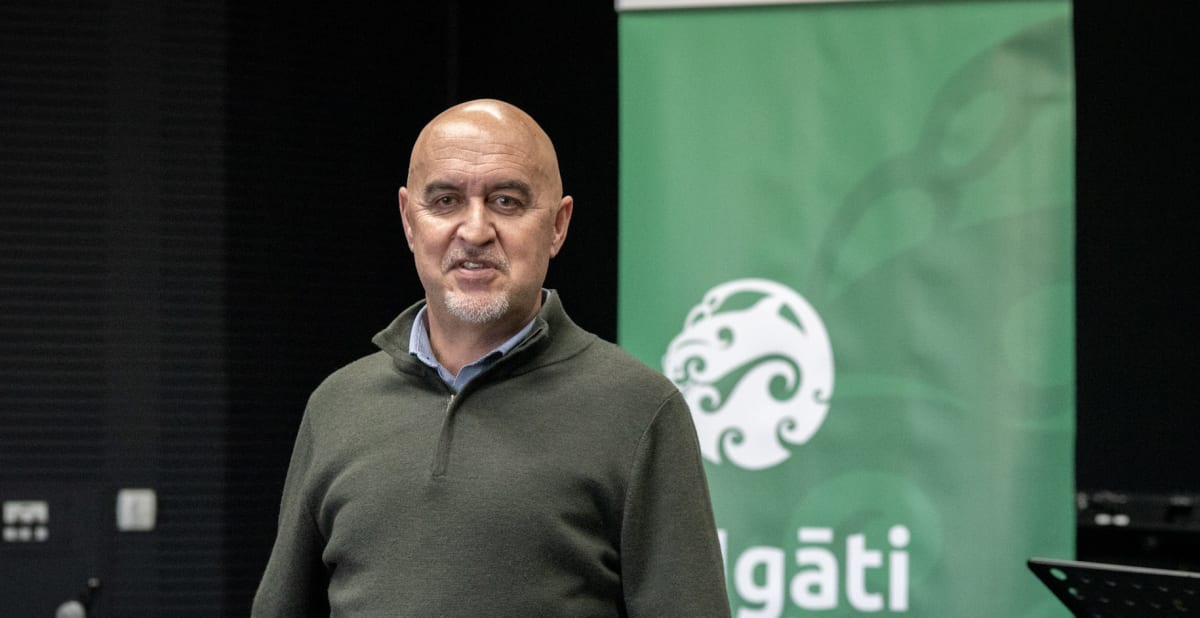
Rodd is one of two Kotahitanga co-chairs; the other is David Johnston (Ngāti Porou). Johnston worked for years in banking and management, clocking up decades of experience of corporate and local Government decision-making, before ending up working with a co-governance model.
Consensus decision making is slower, and way more effective, Johnston says.
Take a meeting where a key item on the agenda was using introduced hoverflies to control German (and other) wasps in beech forests at the top of the South Island – areas with some of the highest densities of these stinging pests in the world.
While most around the Kotahitanga mō te Taiao Alliance table were happy with the proposal under consideration, one board member was worried there weren’t enough safeguards in the project design to make sure the new species wasn’t going to cause the sort of havoc introduced predators have produced in the past.
"Just one member was really uncomfortable, so we stopped and we asked ‘what do you need?’ to be comfortable, and they said they wanted the opportunity to ask really detailed questions," Rodd says. "Nature Conservancy worked with Maanaki Whenua and the Environmental Protection Agency and put together a hui and what came out of that was a co-design of how the programme would be run and how it would be monitored.
"That was written up and came back – thumbs up, good to go."
It took longer to reach agreement, but the final decisions were far better, Johnston says.
"Faster alone, further together."
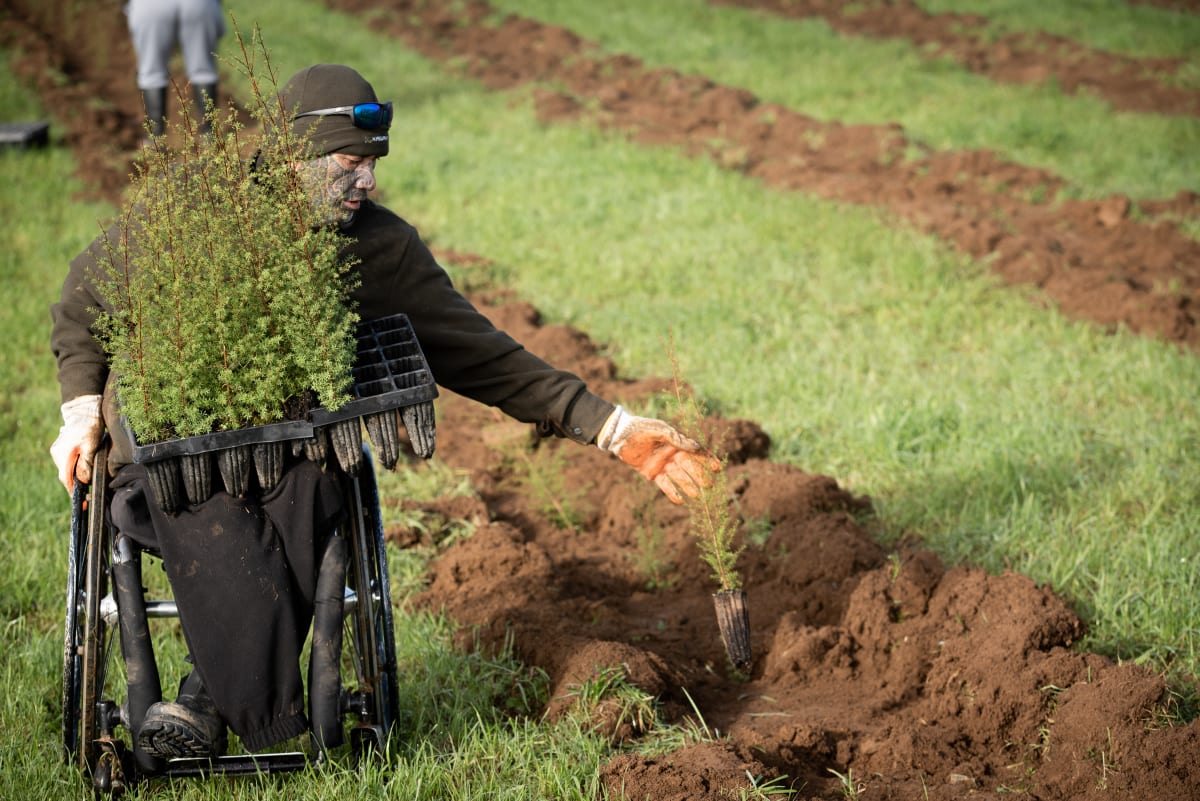
The co-governance model has produced other advantages for the projects, including better access to government and philanthropic funding, Johnston and Rodd say. Instead of different local conservation groups bidding for small tranches of money, the alliance has put in joint, more considered, bids - and funders like that.
The Rātā Foundation has been a significant funder, as has the Ministry for the Environment’s Mahi mō te Taiao/Jobs for Nature programme, which has put around $40 million into a range of projects over the last four years.
“In the past, everyone’s been competing for a piece of the pie. But that dilutes what we can actually do. This time we were able to really target and test the different work streams that came through to make sure they would actually make the biggest difference to our environment and to jobs. And it had 100 percent support from our members.”
Wider unity
The co-governance, consensus model has also brought more collaboration between iwi, plus wider trust between councils and iwi, working beyond the Kotahitanga mō te Taiao Alliance, Johnston says.
“It may not be obvious, but it’s being incorporated into everything we do. We’re all changing. Councils who might have been having three or four meetings with different iwi are now saying ‘What a waste of frigging time, let’s just try and see what we can do together.’ And people who might have been scared to work with each other are saying ‘It’s easy. Let’s have a cup of tea and talk about what we’ve got in common’.”
“If you want to break down Three Waters, it’s pretty simple. We want to be able to drink the water, we want to make sure the storm water is going out, we don’t want sewage going into our oceans. That makes it a perfect candidate for co-governance." – David Johnston, Kotahitanga mō te Taiao Alliance
One of the main criticisms from Newsroom readers about our Seats at the Table series – which has generally found the co-governance model works pretty well in practice, despite the vitriol from outside – has been that while it might be suitable for small-ish, well-defined systems, that wouldn’t be the case with bigger organisations – those that will come out of the Three Waters reforms, for example.
"The major difference between co-governance of the water entities and existing arrangements/agreements – that is scale. The existing instances are small-scale and very local, with appropriately small economic significance and impact," one commenter wrote.
Johnston doesn’t agree.
“If you want to break down Three Waters, it’s pretty simple. We want to be able to drink the water, we want to make sure the storm water is going out, we don’t want sewage going into our oceans.”
"As we experience all the things nature is hitting us with, the different storms, pandemics, things going on all around the world, we probably are going to have to think differently, to rub out our lines in the sand." – David Johnston, Kotahitanga mō te Taiao Alliance
That makes it a perfect candidate for co-governance, Rodd says.
“One of the things we did very early on was agree that when we came together it was for one purpose – to work towards our vision (people and nature flourishing).”
No politics, no past experiences or stereotypes, just the goal, he says. And that’s mostly not how things work in ‘normal’ government or business models.
That line in the sand
“Say you go into a mediation process or a consenting process, mostly you are trying to win. That’s a fundamental difference with what we are trying to do, which is ensure the success of the alliance. If someone is tripped up, our response is not ‘Excellent, I’ve tripped them up, now I’m ahead’. Instead we are trying to figure out how to help them.
“And sure, it takes longer and sometimes we have to go and do more work. But it’s a very different approach when you’re trying to ensure people are successful, rather than having a winner.”
Switching into a co-governance headspace isn’t always easy, Johnston says.
“One thing I’ve realised both for myself and for others in the alliance is having to ‘unlearn’ some stuff and learn another way to do things. You can’t think in the way you used to think.”
Imagine the proverbial line in the sand – that’s your position and you won’t move past that.
"If you go into a discussion with a set position, you’ve got nowhere to move. So you have to rub that line out, and then opportunities open."
It might be about avoiding partisan political thinking – red, blue, green – or the mentality that ‘that’s how things work’, Johnston says.
"As we experience all the things nature is hitting us with, the different storms, pandemics, things going on all around the world, we probably are going to have to think differently, to rub out our lines in the sand."

One of the big shifts for Martin Rodd, with his Department of Conservation hat on, has been that government doesn’t have to do everything.
“Normally we might pick up a project and think ‘Okay, so we’ve got to have people on the ground, we’ve got to run a planning team, we’ve got to have governance. Actually you don’t. [Under the co-governance model], you go around the table, identify who are the best people to do what, and then just fulfil your role.”
The huge Mt Richmond wilding pine project, which is mostly on Crown land, is led by the Tasman District Council.
If that doesn’t sound like a huge shift, remember the main fight around Three Waters reform is about the fact that the regional entities model sees governance (strategic direction, not ownership) of the country’s water infrastructure assets moving from local council control to a 50:50 co-governance structure comprising mana whenua and local council representatives.
That's all.
Can Johnston and Rodd imagine a Kotahitanga mō te Taiao Alliance model working on a big scale?
Totally.
One of important attributes of the co-governance model – at least how it works through the alliance – is that no one organisation has all the answers. And that’s really powerful, Rodd says.
"One of the things the country is looking at is how you build climate resilience through restoring nature. Absolutely, a co-governance alliance could do that, because you can work cross-boundaries and you have all the expertise around the table to make it happen.
"The Department of Conservation could not do it alone, but we could be part of that. I think these collaborations can make a massive difference."
Seats at the Table series: Co-governance is nothing like you think | Tūpuna Maunga Authority | Newton Central School - Te Kura a Rito o Newton | Kotahitanga mō te Taiao Alliance | Waikato River Authority
